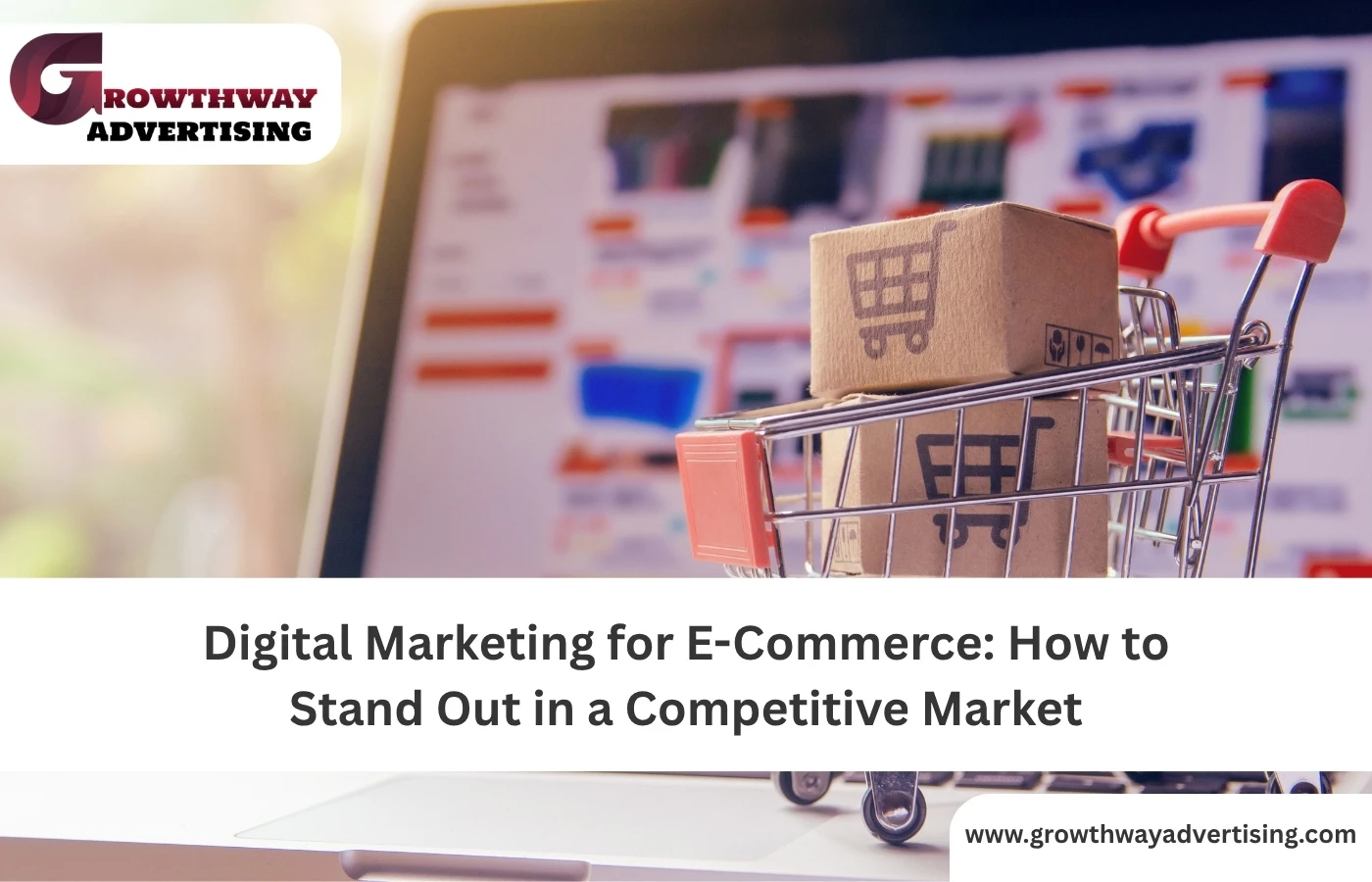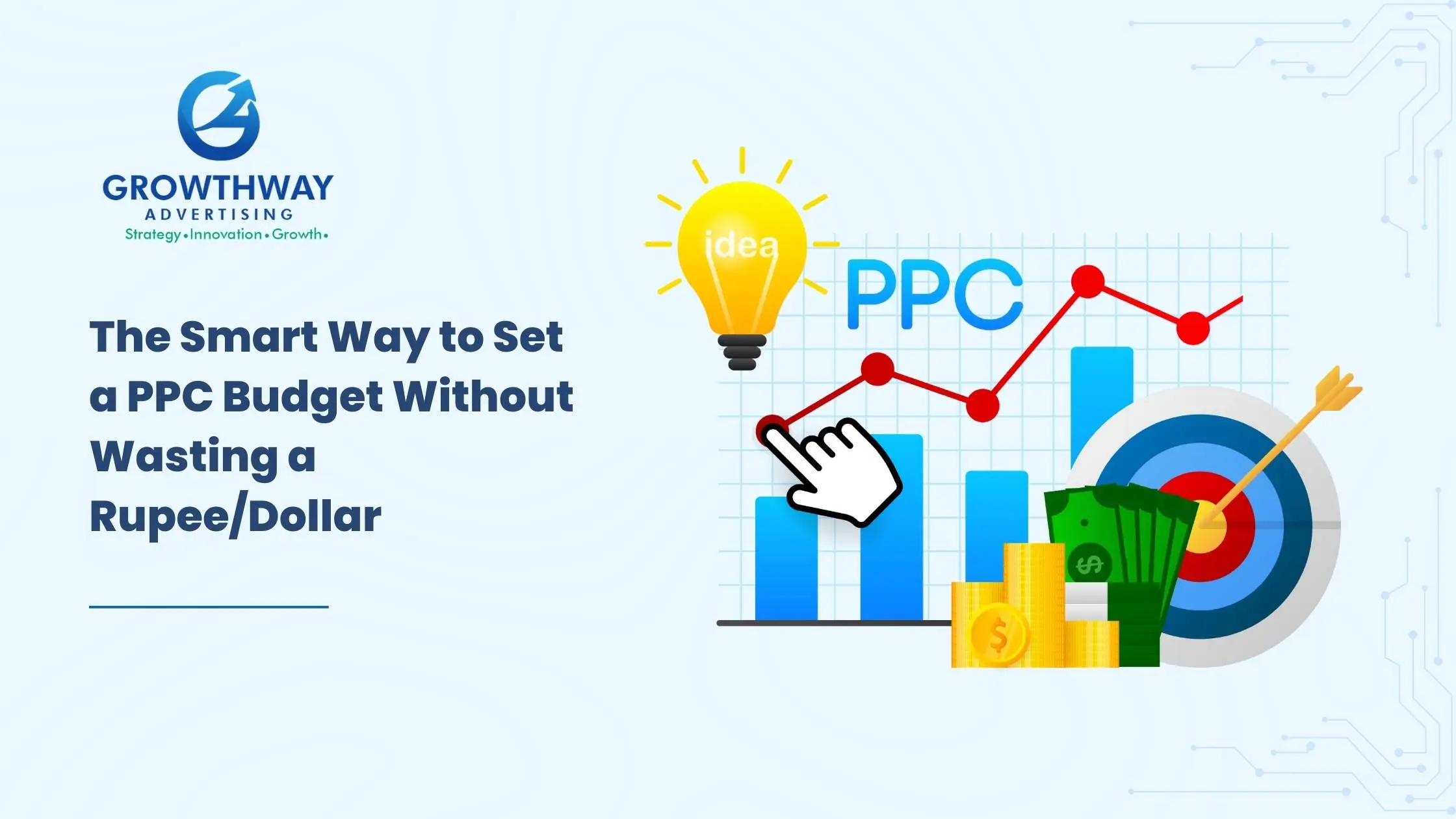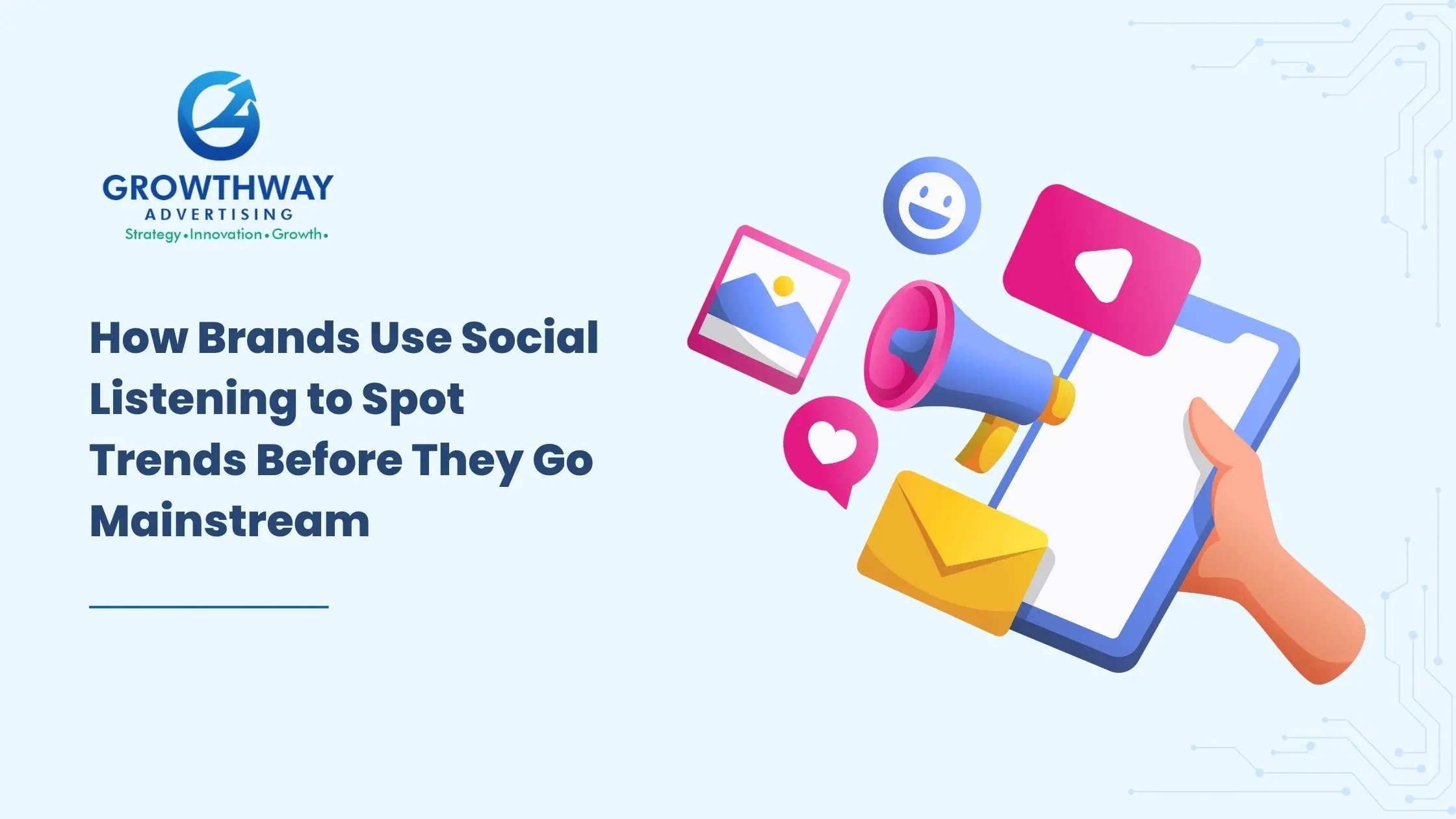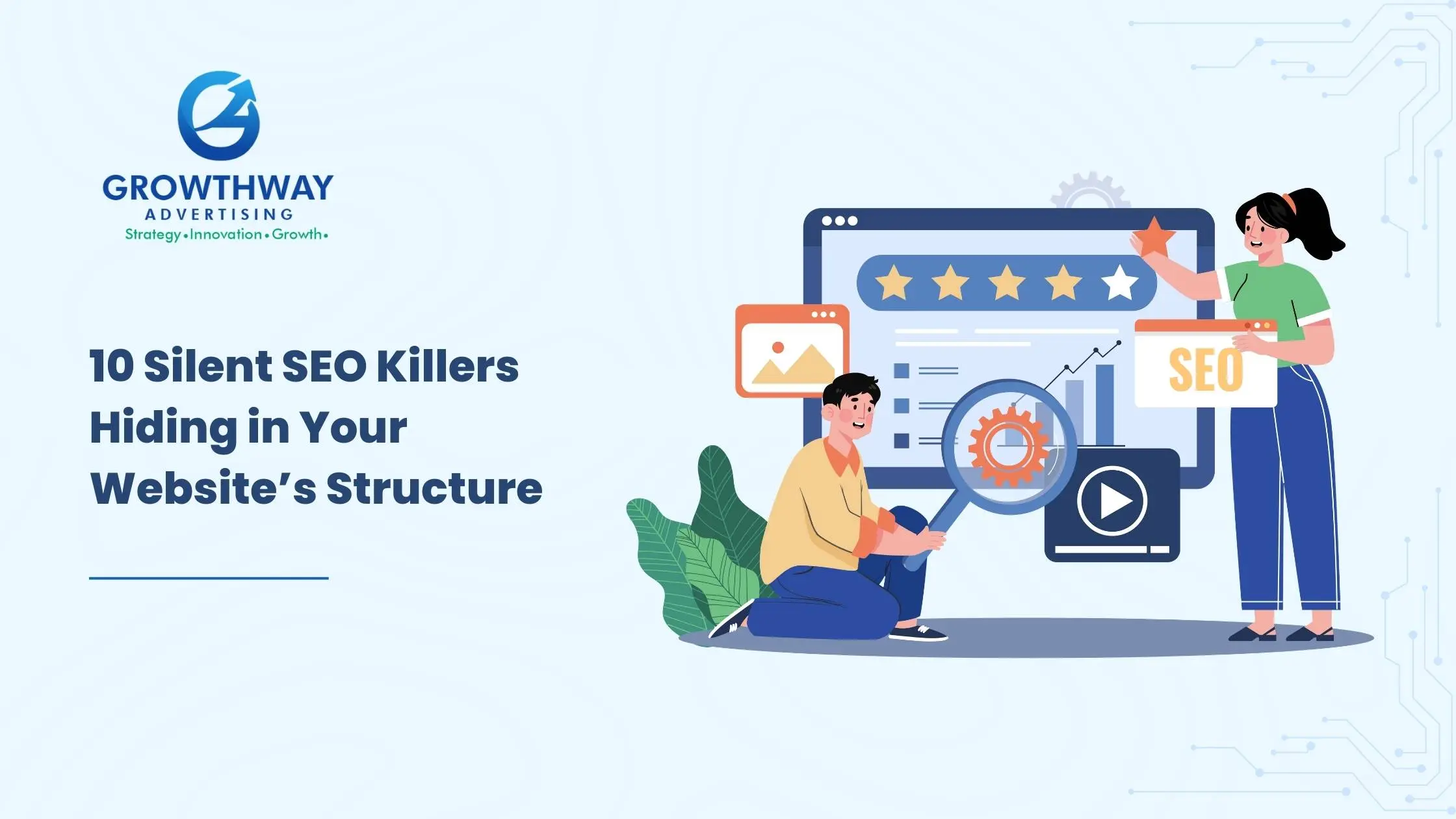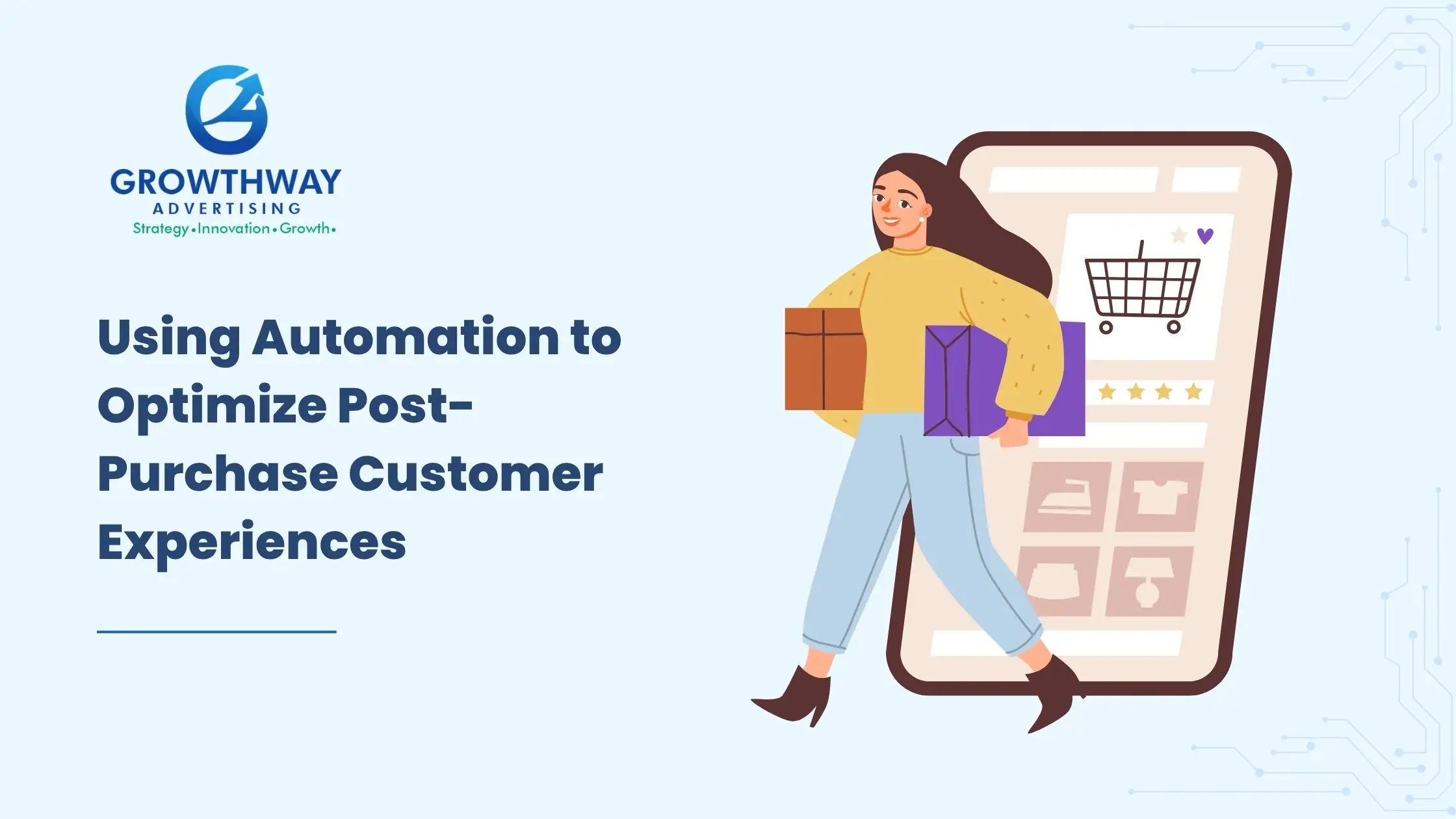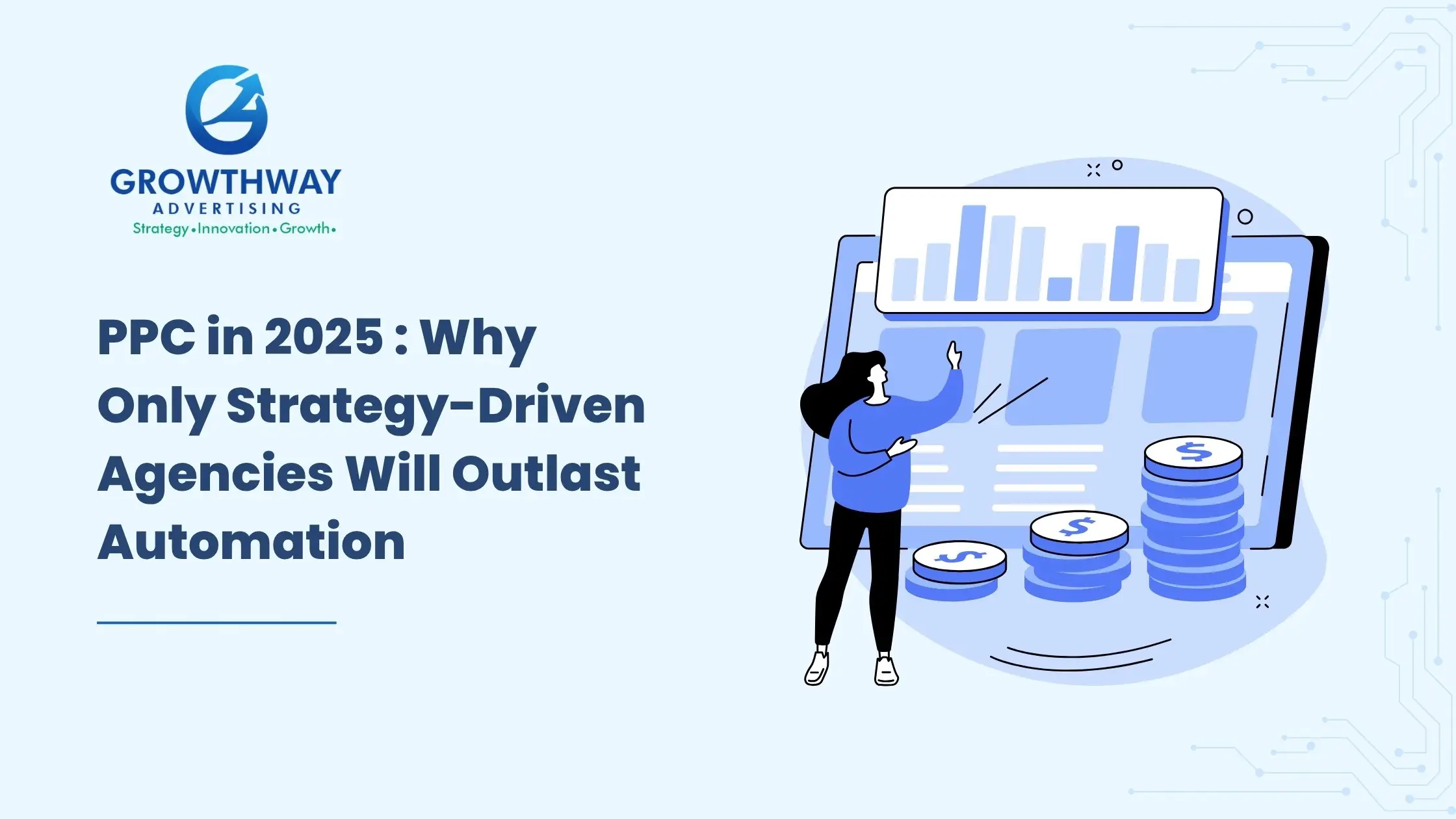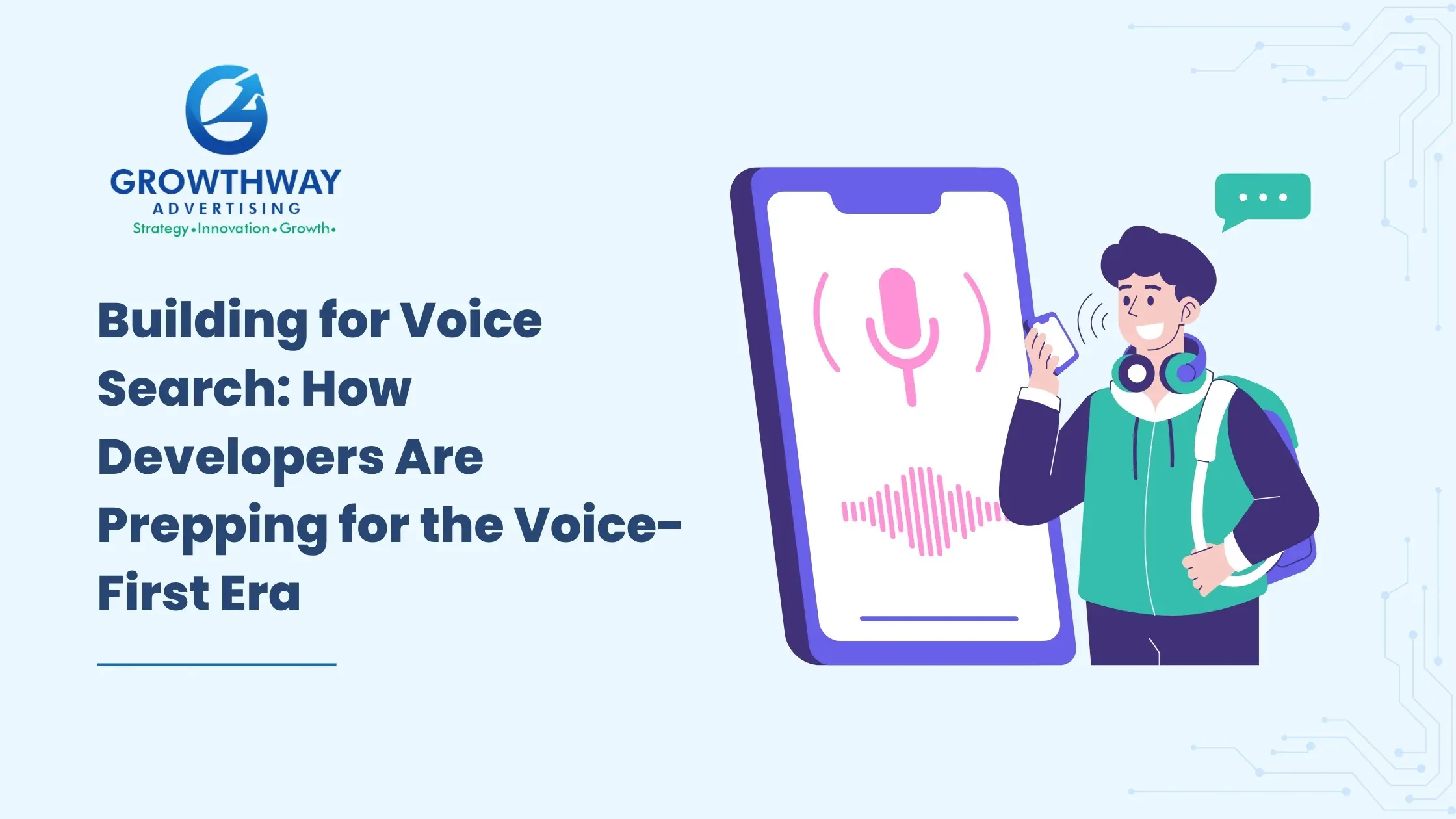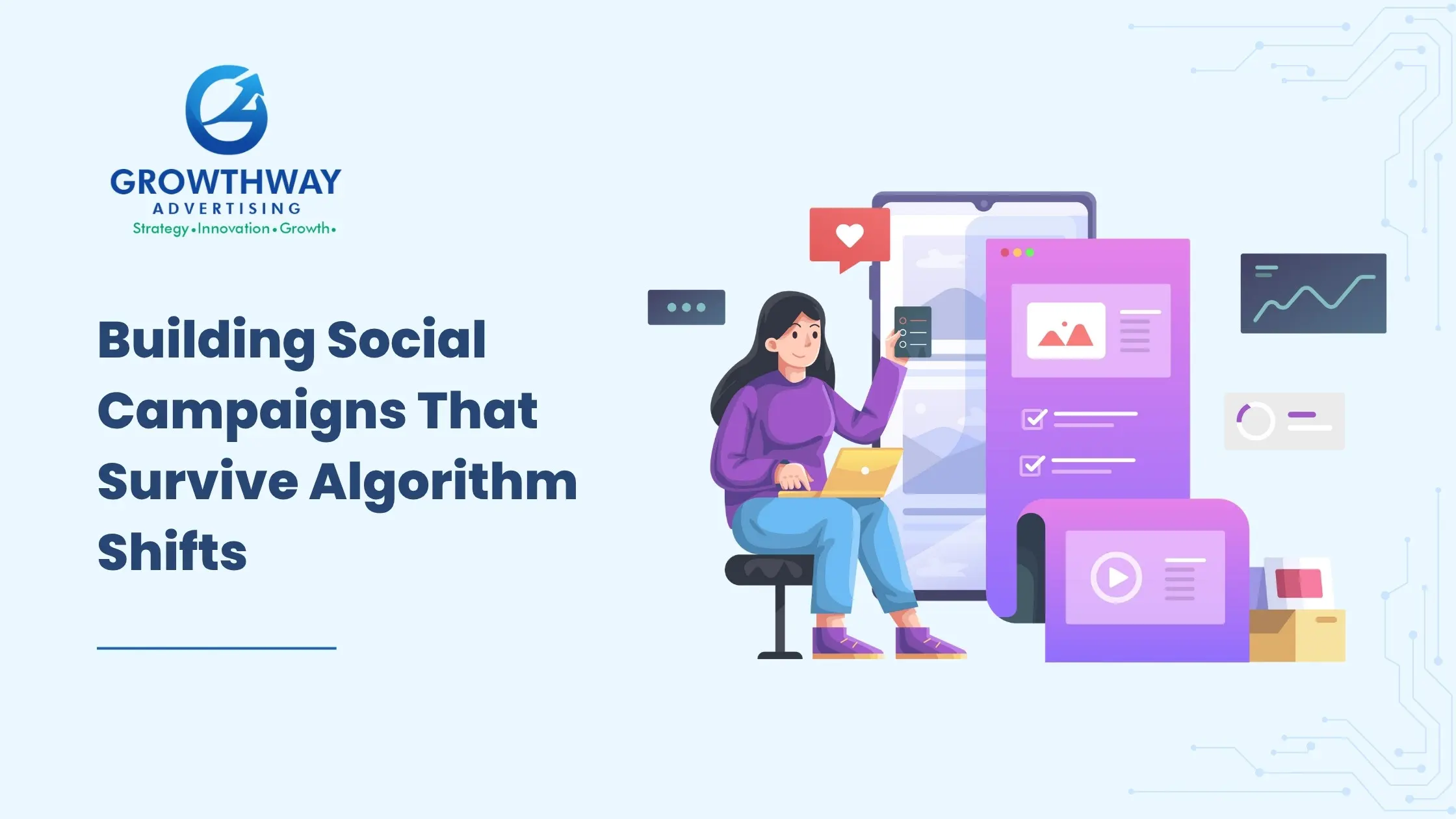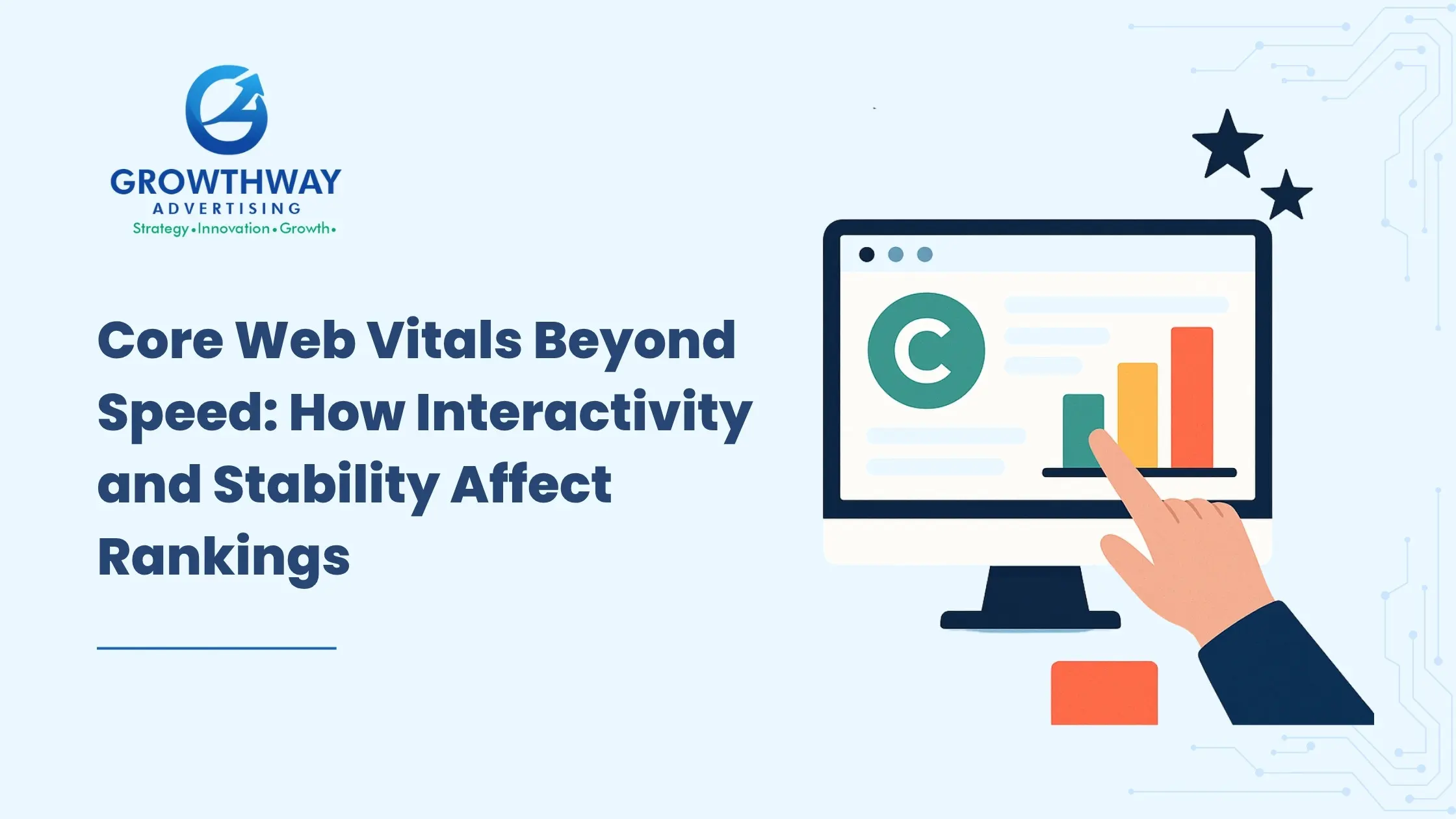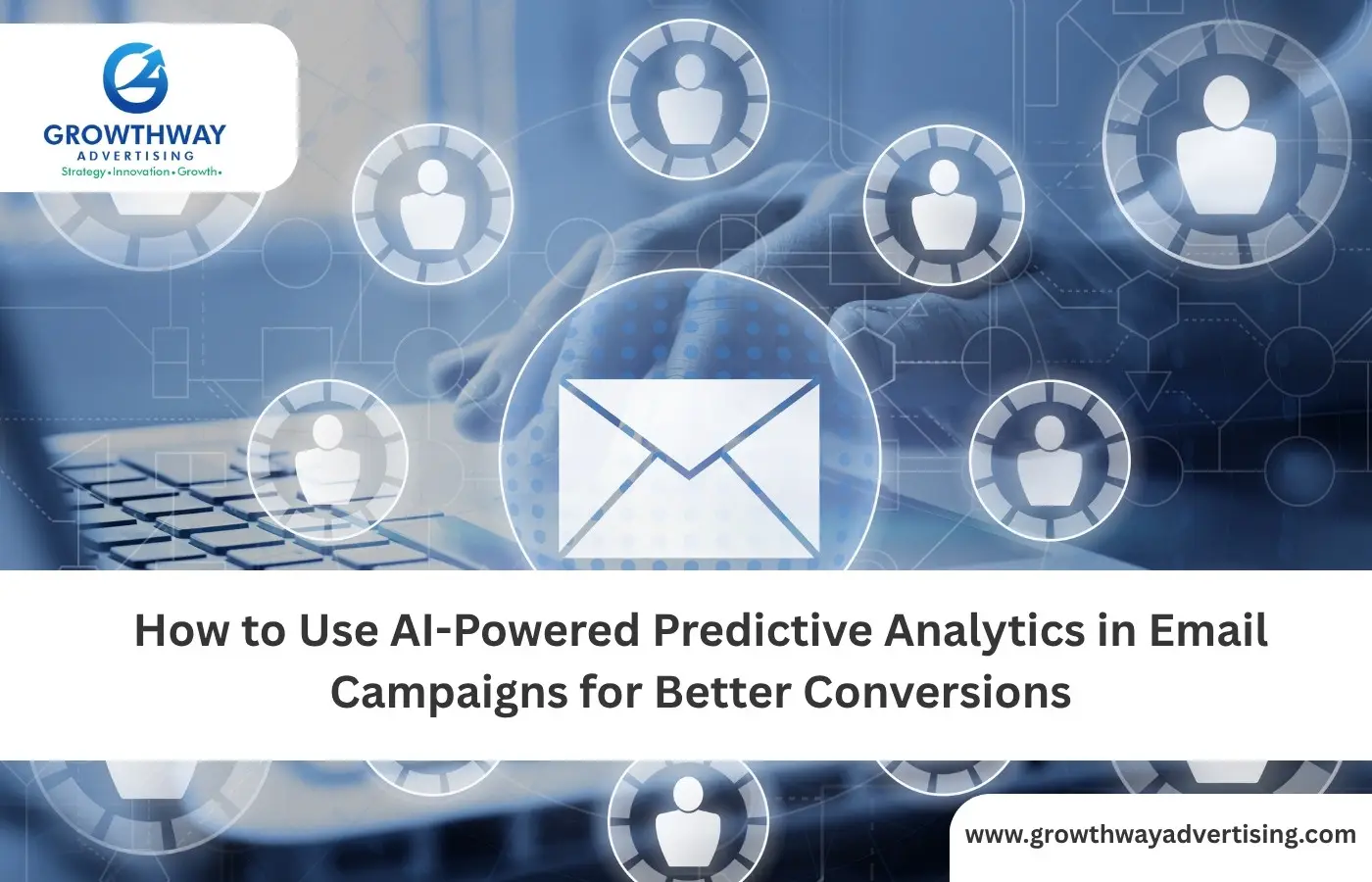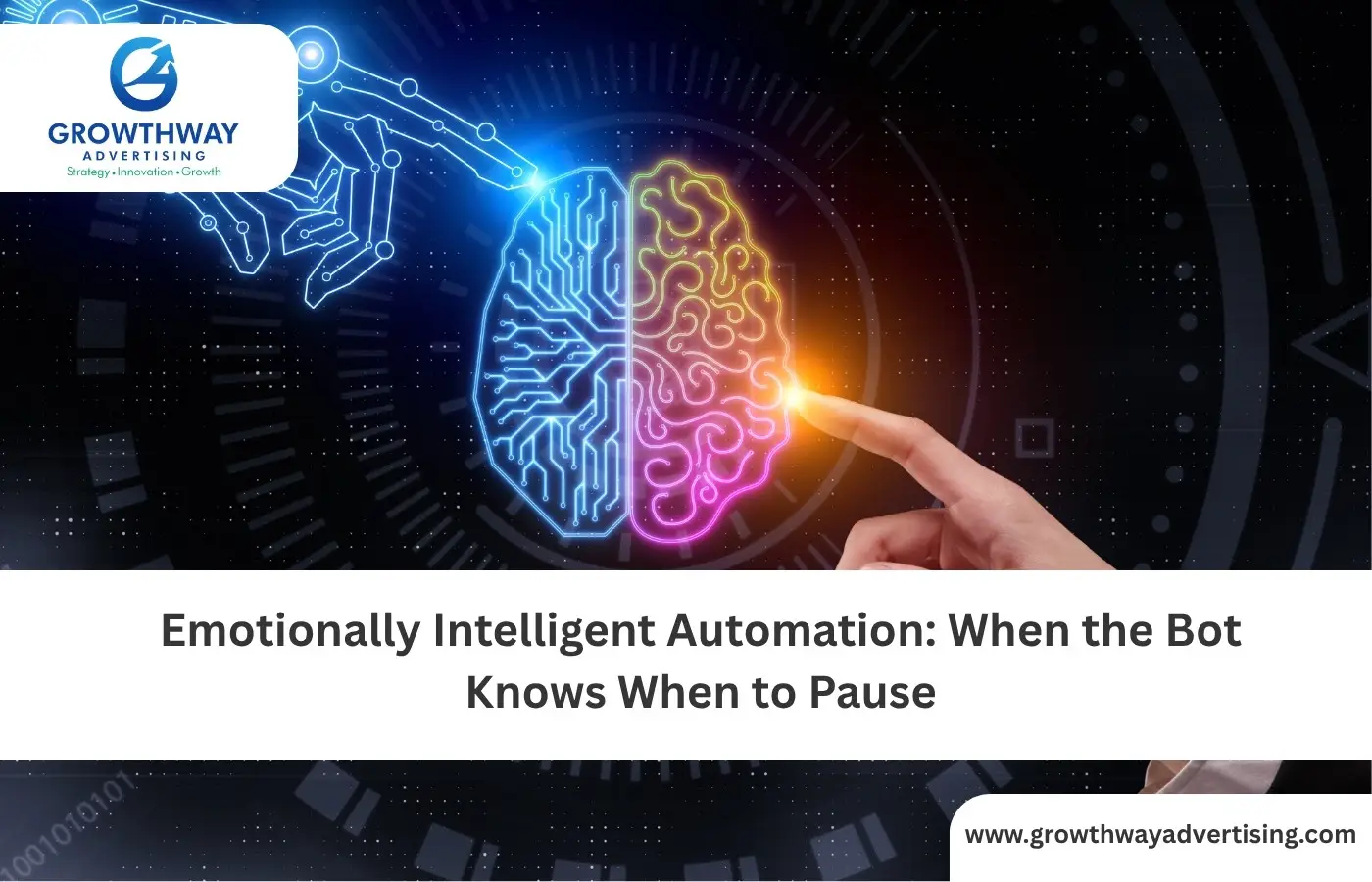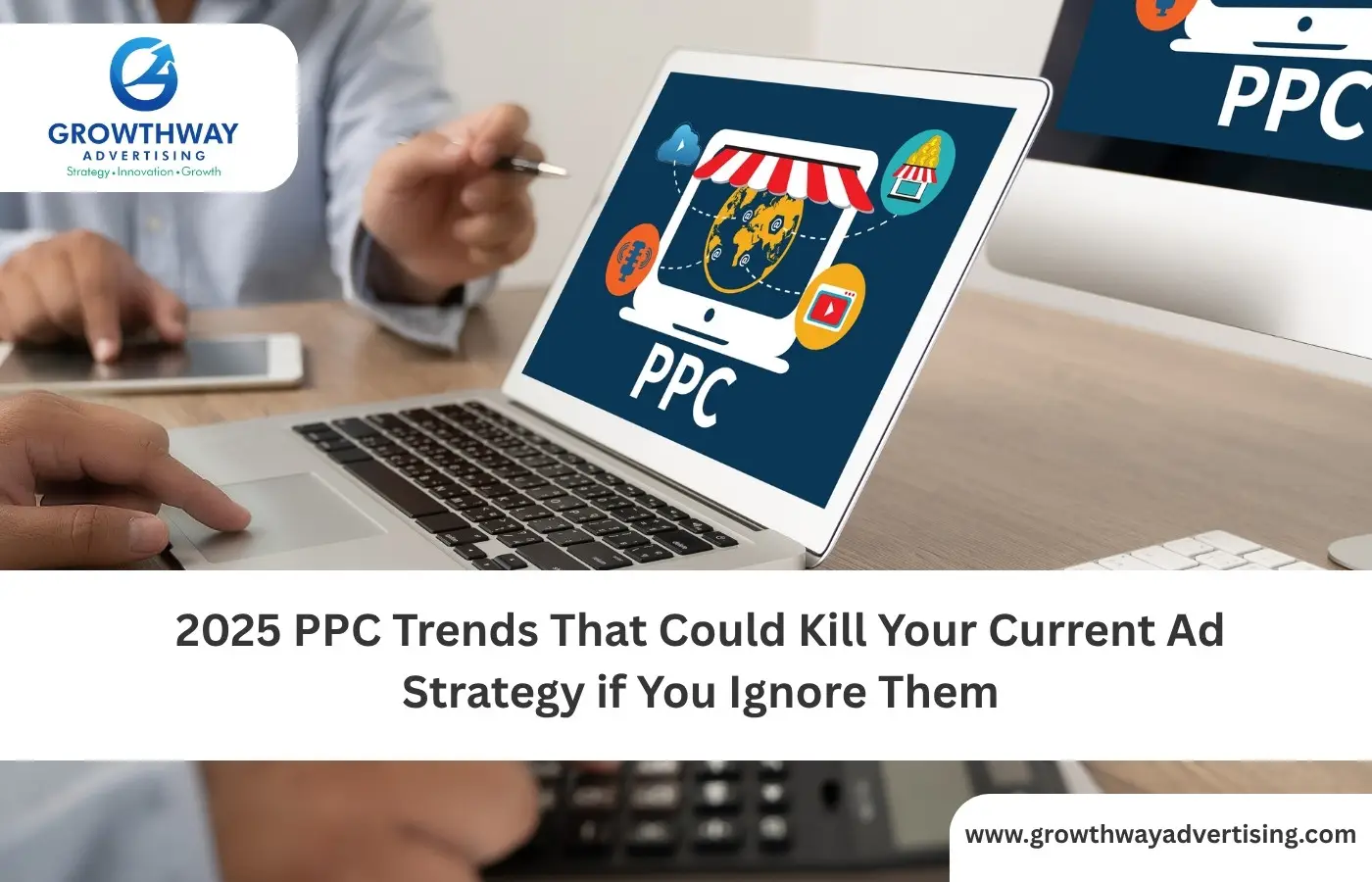To tell the truth, it is not sufficient anymore to create ecommerce websites. Everyone’s online. Everyone’s selling. And unless you know how to make people desire, discover, and commit to purchase your product, algorithms will not worry whether it is fantastic or not.
What then, do you actually need to break through, in this hyper-competitive world of e-commerce?
So what happens is we can very simply knock on the door of the common knowledge and then follow it up with the common ignorance.
1. Content Optimization Still Wins—If It’s Done With Buyer Intent in Mind
It has been said many times over, blog, optimize, repeat. However, the true advantage is not what it puts on paper, it is on how much it resonates with buyer intent.
Ask this:
Is your content solving problems for buyers, or just filling space for Google?
Here’s what actually works:
- Product-focused blog posts that help users compare, decide, and buy.
- SEO-rich landing pages that match specific queries like “best hiking boots for wide feet” or “wireless earbuds under ₹2000”.
- Shopping guides, gift lists, and seasonal collections tied to intent.
It is here where the positioning of content as an optimization activity overlaps with ecommerce marketing: ending up on the first page is irrelevant, but the relevance is the key to sales.
Or no, stuffing with keywords will not work. The customer has to be talked to in their language, content should be organized easily, and everything must be cornered into a funnel.
The thing that is Frequently Overlooked: Post-Click Marketing Strategy
It is not enough to get the click. This is what will decide whether you get the business or not.
2. Landing Page Experience = Brand Perception
The other problem of most ecommerce websites is having generic product pages, slow loading time or distractions during checkout.
You want your page to:
- Load in under 2 seconds
- Feature real, relatable product imagery (not just polished studio shots)
- Clearly show availability, delivery timelines, and trust signals
Include custom recommendations, item badges (bestseller, back in stock), and even a live visitor counter. It is just a matter of generating urgency and clarity.
That is what your digital marketing agency ought to be A/B testing on a monthly basis, not once every quarter.
3. Influencer Marketing = The New Word-of-Mouth (If Done Right)
This is the point: all the major brands utilize influencers to have visibility, and yet they never relate it to real ecommerce marketing outcomes.
That’s a waste.
Influencer campaigns should be trackable, scalable, and designed with:
- Unique discount codes tied to each creator
- Product bundles built around influencer themes (“Sarah’s skincare routine”)
- Native product linking in reels, TikToks, and stories
Pay attention to micro-influencers that not only have large followings but also loyal ones.
Take advantage of digital marketing services, which assist in coordinating alliances, tracking conversions, and filtering messaging (since influence is just a powerful tool when it is able to move revenue).
4. Predictive Ads Based on Buyer Signals
The normal retargeting process is applicable but the action to kill is to target the visitor before he/she even visits your store based on his/her intent.
Use zero-party data: quiz answers, wishlist behavior, browsing filters. Combine that with platform tools to create dynamic pre-targeted ads.
Examples:
- “Recently browsed wireless speakers” → personalized offer ad
- “Added to cart but didn’t check out” → product comparison ad with reviews
That is where the cooperation with an ecommerce marketing agency would come in handy. They are able to relate the analytics with the ad platforms to make smarter, rather than wider, campaigns.
5. E-Commerce Isn’t Just D2C Anymore
Practices that are happening in B2B are shifting to being online-based, yet digital marketing has not yet been adapted.
In case you are selling parts, wholesale products, or large services, you require:
- Quote-based CTAs
- Custom pricing structures
- Detailed product filters
- Chatbots that escalate to sales reps automatically
That is why the digital marketing service providers fail in this area, as it is a D2C mind set.
Improve upon the competition. Provide the users with the UX that buyers want, but tailored to the B2B buying process.
6. Lifecycle Email > One-Off Promotions
That is what winning digital marketing teams come to know–even by getting only your email automations right, you can increase repeat purchase rate 3x.
Set up flows like:
- Post-purchase review + cross-sell
- Product replenishment reminders
- Abandoned cart with urgency + social proof
All the ecommerce marketing initiatives must be supported by timely emails linked to actual action.
Stop selling and start educating, validating and personalizing.
7. If Your Mobile Site Sucks, You’re Bleeding Sales
Over 70% of traffic on ecommerce websites is mobile. But many stores still:
- Force users to pinch/zoom on product pages
- Hide search behind tiny icons
- Have broken checkout flows
Use heatmaps, scroll analytics, and session replay. Scale up after fixing the broken.
You can indeed run the best ecommerce marketing funnel in world history but you have a poor mobile site-you will never convert.
8. Real Integration > Presence Everywhere
You are selling on Google, Instagram, Amazon, and your shop? That’s great. Do they communicate with one another?
Here’s how digital marketing services can truly stand out:
- Integrate UTM tracking across all platforms
- Sync product inventory and pricing automatically
- Analyze cross-channel attribution (first-click vs last-click)
This way, you are not only visible, but also efficient.
9. Go Beyond ROAS: Lifetime Value is the Real KPI
Short term is fine in Return on ad spend (ROAS). It overlooks the whole picture though.
Instead, track:
- Customer acquisition cost (CAC) vs. customer lifetime value (CLV)
- Repeat purchase rate
- Average time between orders
Once you are aware of your LTV, then you can boldly scale ads with the knowledge that, even at what seems like an average ROAS, you can do it.
10. Users Don’t Just Type Anymore
More users are discovering products via:
- Voice search (“Hey Siri, find me vegan protein powder”)
- Visual search (Google Lens, Pinterest)
- AI chat (shopping assistants on WhatsApp or brand websites)
Thus your product information, descriptions and metadata must be cross format.
That would be the next step of content optimization: involving ready-to-go non-text relations.
E-Commerce Trends You Should Actually Pay Attention To
Let’s cut through the noise and talk about ecommerce trends that are actually moving the needle:
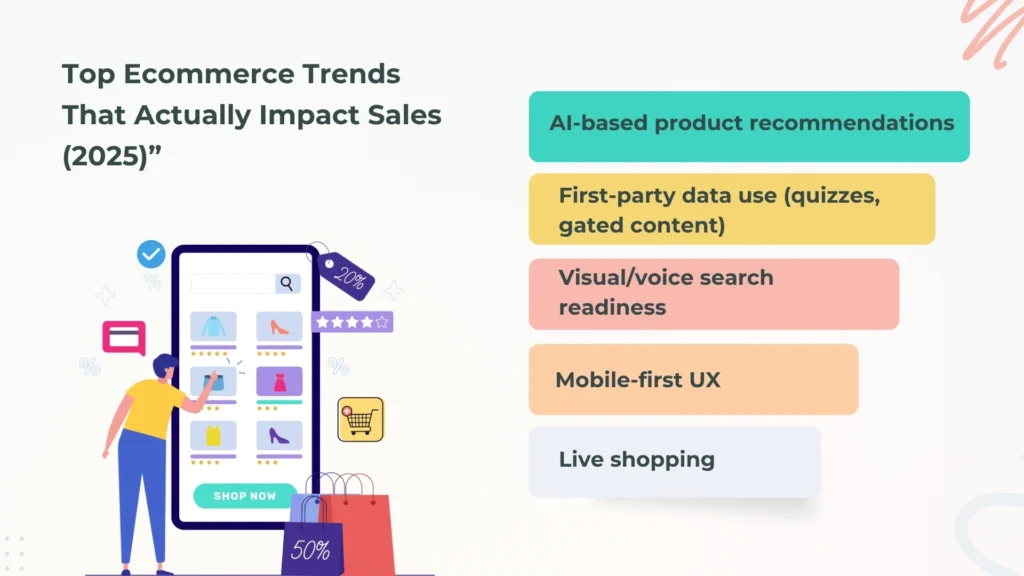
- AI product search (think personalized discovery, not just filters)
- Live video shopping (especially for high-touch categories like beauty and home decor)
- First-party data strategies using quizzes, gated content, and loyalty programs
- Social commerce with TikTok Shop, Instagram Checkout, and YouTube Merch
Trends which will make you convert, as opposed to just gaining views.
Final Note
E-commerce digital marketing is not about doing it all. It is about doing the right things better than your rivals.
Majority of the brands remain trapped in fundamentals: SEO, advertising, email. However, the companies that are gaining ground are considering CLV, predictive journeys, mobile UX and post purchase loyalty.
Those are the levers that produce the most significant differences whether you are hiring a digital marketing agency or creating your in-house playbook.
FAQ’s
A digital marketing agency can boost your businesses online with solutions such as paid advertising, blog optimization, SEO, email automation and also influencer marketing strategies.
Some key digital marketing services are conversion tracking, email marketing, SEO, sponsored influencer partnerships, retargeting and omnichannel advertising.
Start by aligning content with buyer intent use keywords shoppers are actually searching for, and structure product pages to answer real questions.
Influencer marketing is effective to establish trust in a relatively short amount of time, and can be used to achieve direct conversion depending on UTM tracking, discount codes, and part of personalized bundles.
Top ecommerce trends include AI product recommendations, visual search, live shopping, mobile-first UX, and first-party data collection strategies.

